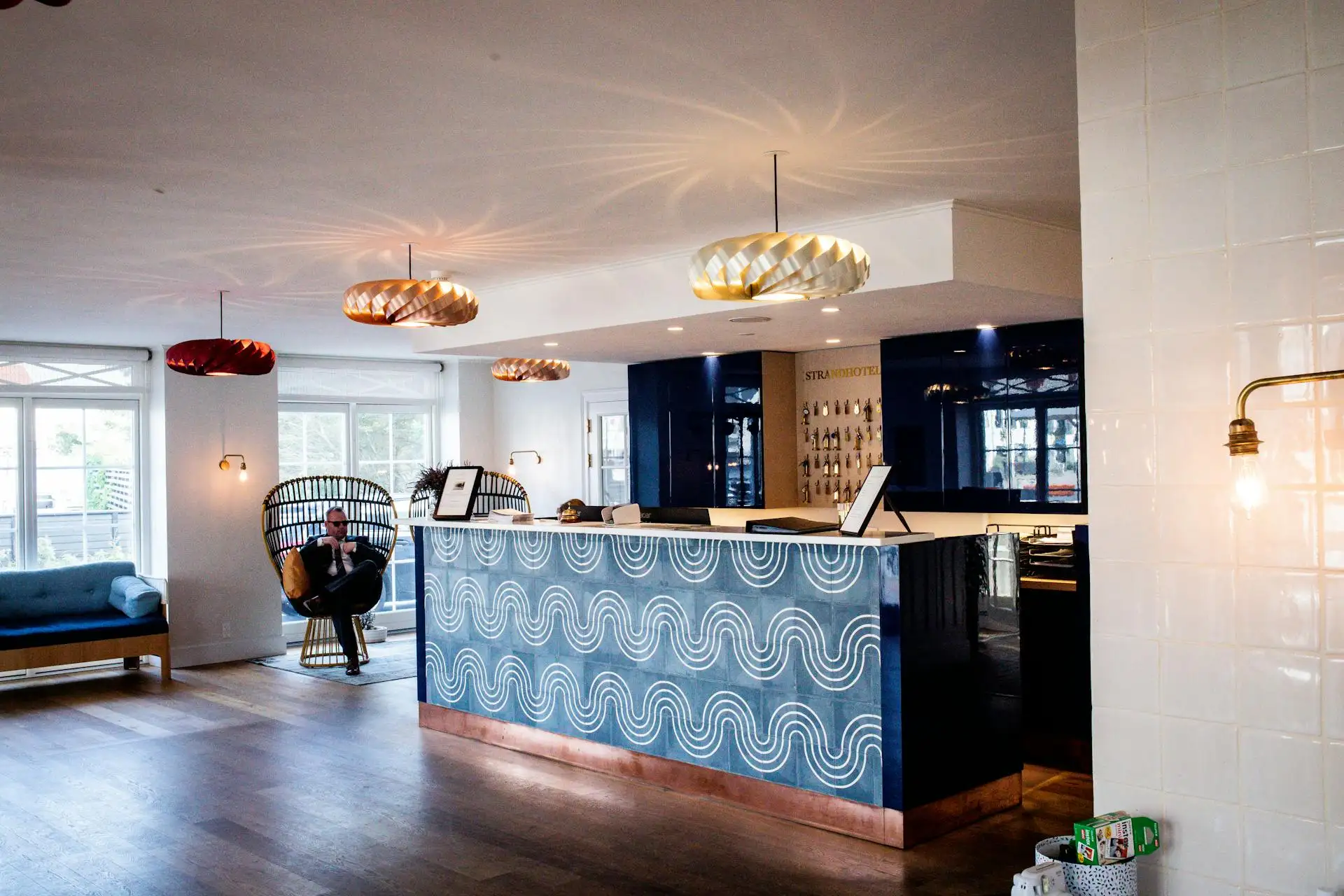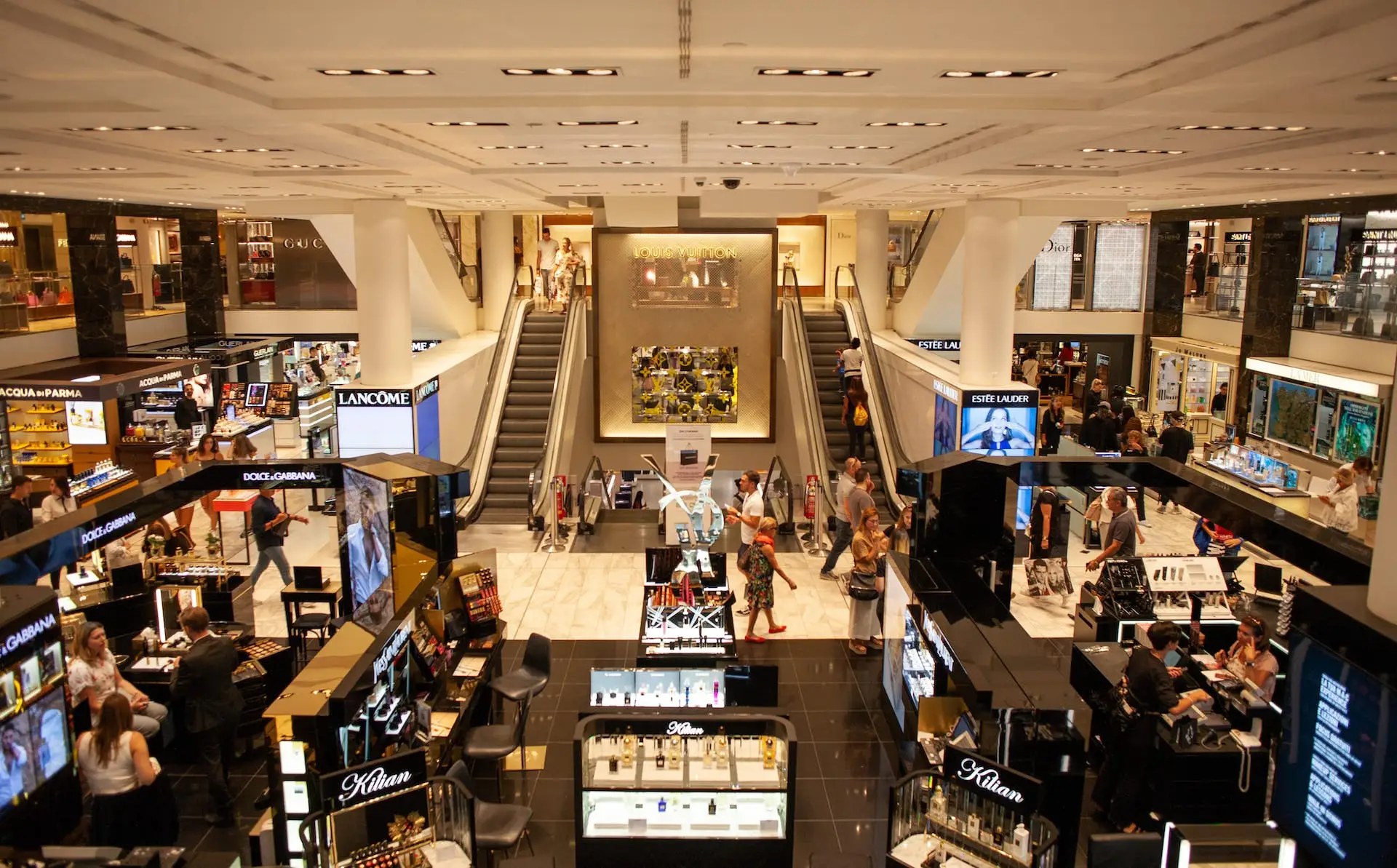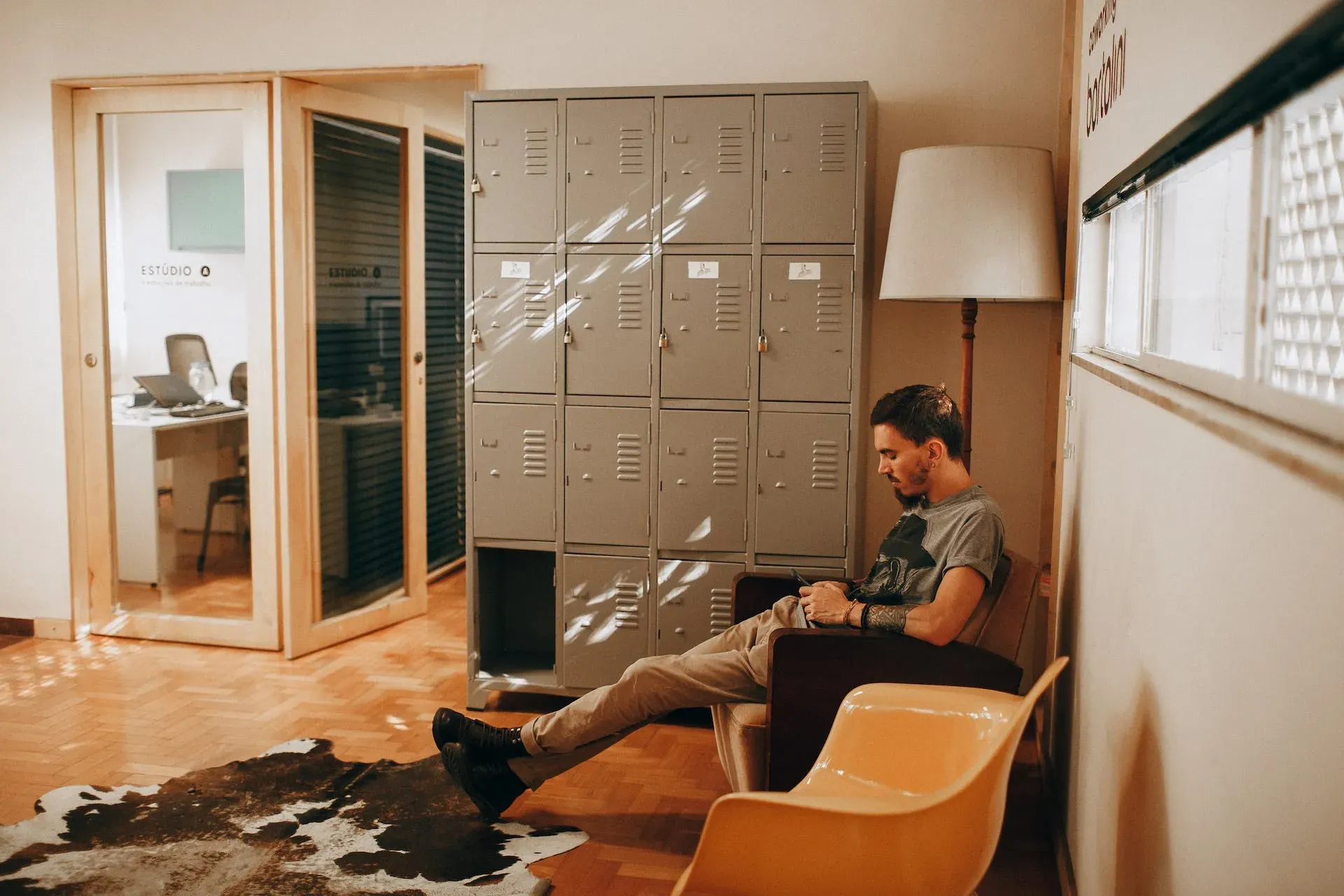What is elevator music, how has it changed, and where can you find it?
Want to find the best elevator music, royalty-free and ready to go? Learn what elevator music is, how to find it, and how to download it.

What is elevator music, really? Learn where it came from, how it’s changed over time, where you can use it, where you can find it, and more.
Today, we’ll cover:
- What is elevator music?
- Where did elevator music come from?
- Does elevator music still exist?
- How has elevator music changed?
- What’s the most popular elevator music?
- Where can you download elevator music?

What is elevator music?
Chances are you’ve heard elevator music in, well, an elevator. Traditionally, elevator music falls into the bracket of Muzak: an easy-listening genre created in the 1920s, usually featuring a bunch of piano, smooth jazzy rhythms, or calm classical movements.
Typical elevator music will be instrumental, quiet, low-BPM, and relaxed. If you had to squeeze Muzak into a box, it would fall somewhere between classical, jazz, new-age, and bossa nova, depending on what kind of vibe it’s going for. It’s not all of those genres at once, though. That’d be stressful.

Where did elevator music come from?
Muzak’s roots took hold through the early 1900s. George Owen Squier, a former US Army major general, had remade himself as something of an inventor. In 1922, his company, Wired Radio – later renamed ‘Muzak’ – entered the market, allowing commercial customers to play music without using a terrestrial radio.
In those early days, Muzak was often used to boost factory workers’ production levels, altering the tempo of specific passages to encourage employees to ‘keep up.’ In the 1930s, Muzak was employed for less… strict purposes, playing during elevator rides.
Elevators were new, high-tech stuff at the time. Getting in one of those puppies must have been terrifying; Muzak was soothing and calm, giving passengers the helping hand they needed to step in.

Does elevator music still exist?
Yes, elevator music still exists! You’ll still hear it in actual elevators, but it’s grown far beyond that. In fact, the idea of Muzak has changed substantially in recent decades, with more than just fun lil’ jingles being used. Let’s take a look at how elevator music has evolved over the years.
How has elevator music changed?
Elevator music has changed alongside tastes. As more musical genres sprung up and listeners became accustomed to them, the idea of what ‘counts’ as elevator music has broadened. That’s why you’ll hear anything from lo-fi beats to jungle noises, ambient flute music to full-on bangers.
The world’s moved on from pure Muzak because its use-cases have changed. Here are just a few places where you might find ‘elevator music’:

- Public transport: Airport lounges. Train stations. Busses. If it’s got an engine and you have to pay for a ride, chances are you’ll hear some elevator music. These environments can get super stressful – ever spent an hour under someone’s armpit in sweltering heat? – and music can help you chill out. OK, maybe it won’t solve your four-hour delay on the metro, but it’ll sure make it less bleak.
- Other public places: Anywhere you’ll find groups of people hanging about. Hotel lobbies, restaurants, youth centers – it’d be odd if everyone just stood around in complete silence, right? Elevator music is used here to strengthen the space’s vibe.
- Workplaces: Whether it’s a standard office, hybrid hot-desker, or a doctor’s waiting room, you’ll no doubt hear elevator music. Like the previous examples, it helps create a sense of ‘calm,’ but it also establishes a white noise for the space. More often than not, this is used to mask the sounds of clocks ticking, keyboards pounding, and so on – it makes those awkward silences and eerie pauses seem less so.
- Telephone services and systems: You’ve got an ax to grind, a bill to pay, a subscription to change. Whether your call is positive or negative, you’ll likely encounter a waiting period when you phone a business. When you’re put on hold or in a queue, you should hear elevator music. Ideally, it’ll be something nice, rather than this.
- Retail environments: Everywhere from the biggest malls in the country to established chains and independent, crafty stores. Music’s been proven to influence shoppers’ dwell time and even their purchase decisions, so why not massage the grooves of their brains with some carefully curated melodies?

Playing well-known tracks and chart hits can be a hassle, though. There are tons of rights and licenses to wade through, and you’ll have to deal with a whole host of official bodies, including Performance Rights Organizations (PROs,) before you reach the finish line. So, let us take care of it.
Check out our catalog of more than 50,000 tracks below. You’ll find what you’re after, whether it’s traditional Muzak or something cutting-edge. And, just to plop that cherry on top, we’ve got all the rights sorted, including public performance rights. Yep, we had to pinch ourselves, too.

What’s the most popular elevator music?
Elevator music doesn’t really get popular. It’s more about what the track brings to your environment, how it adds to the mood, how it makes your customers, clients, or colleagues feel. However, there’s one track in particular that’s got people boogying: the elevator music from Doors, via Roblox.
It’s the textbook definition of Muzak. To a passerby, it might seem pedestrian – essentially a ‘holding’ track, used as in-game elevator music.
But, in the context of Doors – a Roblox-based horror game – it became somewhat iconic, spawning a fanbase that reached beyond just casual memes. Some ridiculously dedicated gamers even covered the song in an elevator.
Where can you download elevator music?
If you need a one-stop shop for all things elevator music, or any kind of music, look no further than Epidemic Sound. Sure, we provide traditional, Muzak-style elevator music, if that’s what you’re after. But we’ve got more. So much more. More than 50,000 tracks, to be exact.
We’ve got mood-themed collections, if that works for you. Or, if you want to split things by genre, you can do that, too. You can filter by variables like BPM, duration, mood, genre, and if the track has vocals, as well. We’ve also got dedicated YouTube channels for inspiration, like Epidemic Chill Beats.
Oh, and for a truly bespoke finish, you can even download the tracks you like and remove the vocals directly via the stems. And for peace of mind, you don’t have to deal with anyone apart from us. No PROs, nothing like that. Just you, us, and whomever you’re sharing that sweet elevator music with.
Whether it’s online or IRL, we’ll help you find the perfect soundtrack. Our catalog is high-quality, affordable, and safe. An Epidemic Sound subscription goes beyond royalty-free music, removing the headache of licensing and freeing you up to do what you do best. You can enjoy the safety of our license hand-in-hand with our massive catalog, covering just about every genre you can think of. You’ll also gain unlimited access to our advanced search functions — finding the right sound’s never been easier.
It’s better than royalty-free. It’s worry-free. Get started with Epidemic Sound below.

Related posts:

